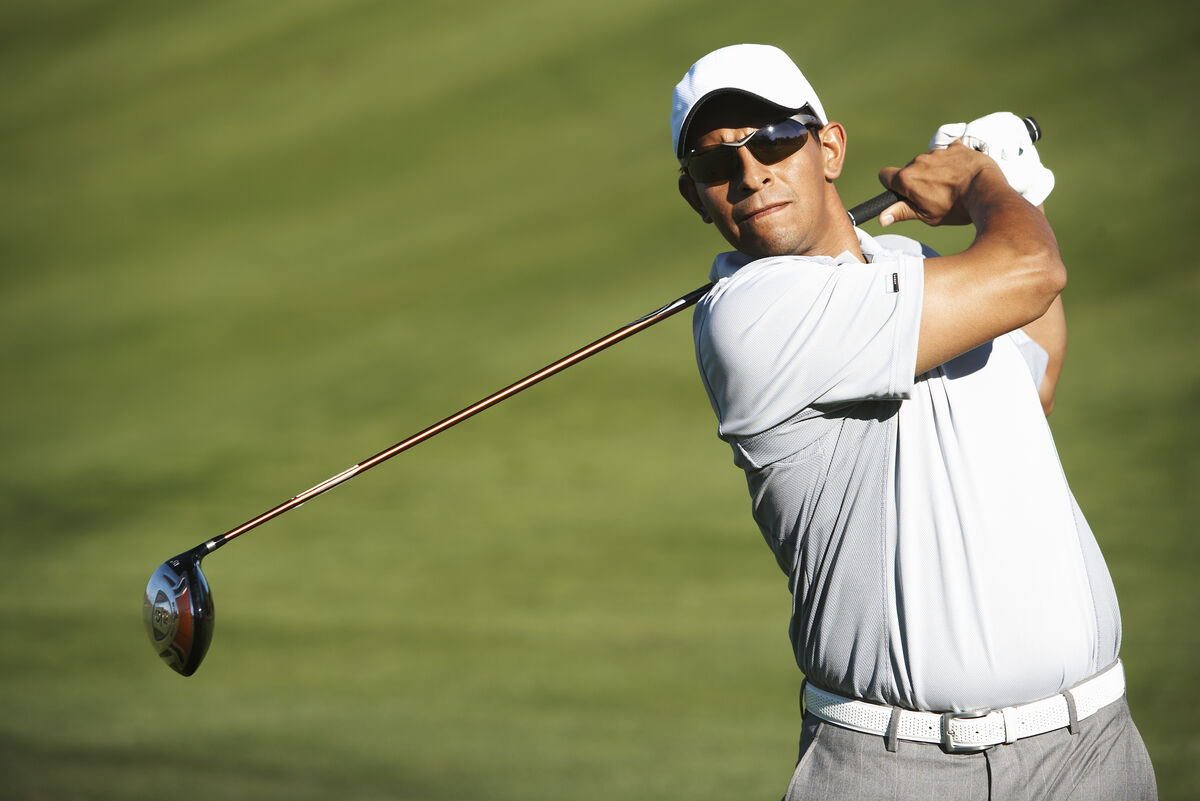Role of the Hips During Your Golf Swing
Learn how the proper hip action can make your swing easier and more efficient.

The hips are the engine of the golf swing.
You don’t have to overpower the ball with your arms to get that satisfyingly pure contact and effortless distance. A smooth and steady swing will get the job done, and it's your hips that get the swing in gear.
Learn Proper Hip Turn in the Golf Swing
To replicate how your hips should feel in the golf swing, grab a few golf balls and copy the way Mike LaBauve demonstrates rolling them like ground balls.
Take note of how easy and effortless his hips move. The focus is completely on the target, not on what every muscle is doing from start to finish.
Roll a half dozen balls like this, then grab a club and make a few practice swings, feeling that same effortless hip rotation.
Initiating the backswing
The first move in golf is your backswing. You don't have to move your arms or hands -- at least not first. The initial move should come with your hips. If you are right-handed, start the swing by turning your hips to the right. This will help you shift your weight from a neutral position to your right side.
Continuing the Swing
Turn your hips until you have gone as far as you can go and your weight is on your right side. Depending on how flexible your are, a good goal is to turn your hips 45-degrees, and turn your shoulders 90-degrees.
This hip turn helps you load into your trail side (your right side for a right-handed player) and prepare to hit the ball.
If you don't get a full hip turn, you are not prepared to hit the ball with maximum clubhead speed. If you complete the turn fully, you are prepared to hit the ball correctly.
Downswing
Turn your hips back to the left once you have gotten to the top of your swing. Your torso, shoulders, and arms follow your hips on the backswing and they will do the same thing on the downswing.
Continue to rotate your hips clear through the hitting zone so your hands can follow.
Follow-through
Your hips have moved through the hitting zone and you need to continue to turn your hips after you make impact. Follow-through is important in the golf swing in order to get maximum distance and accuracy. Do not stop turning your hips until you are facing your target and the club has reached the natural stopping position at shoulder height.